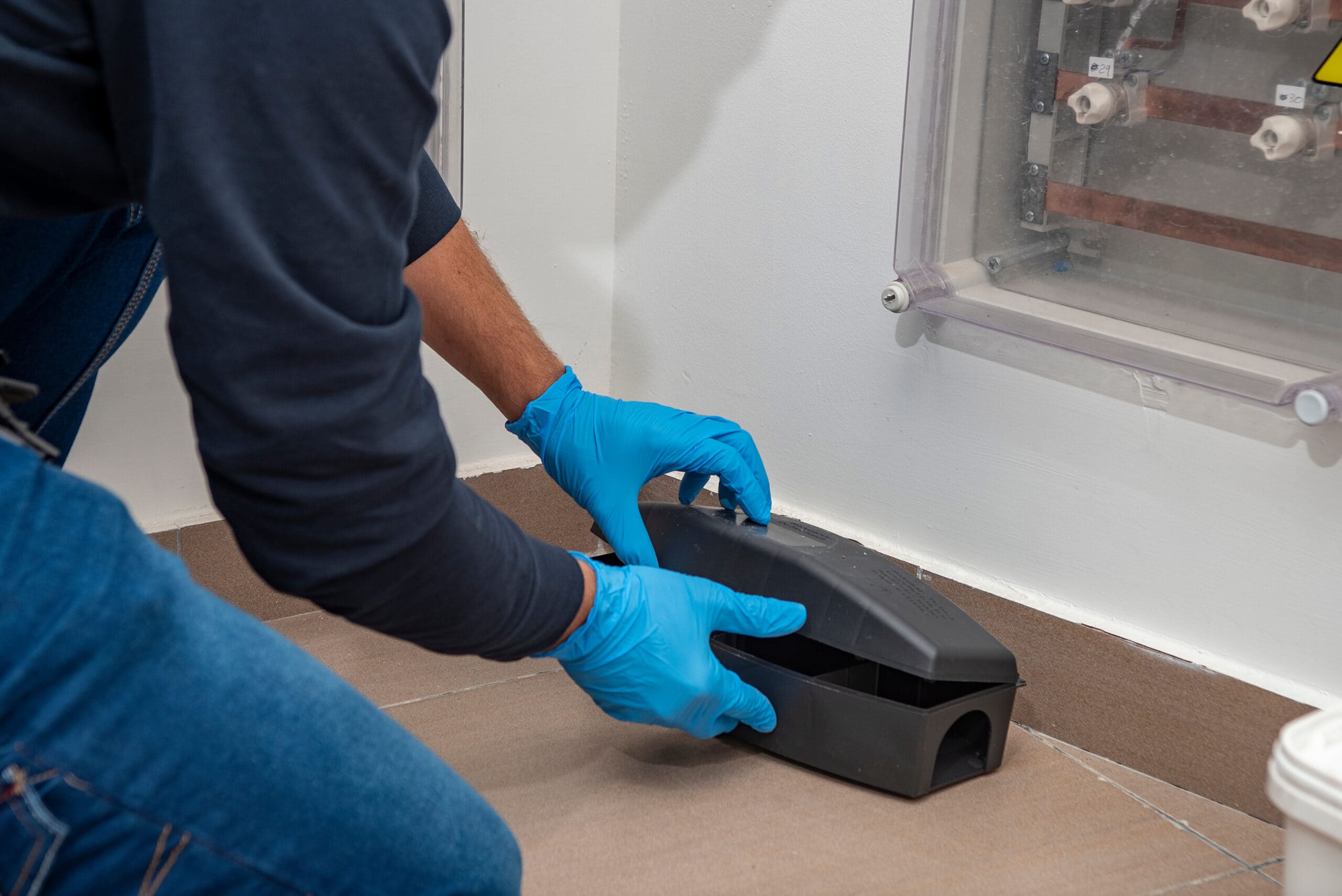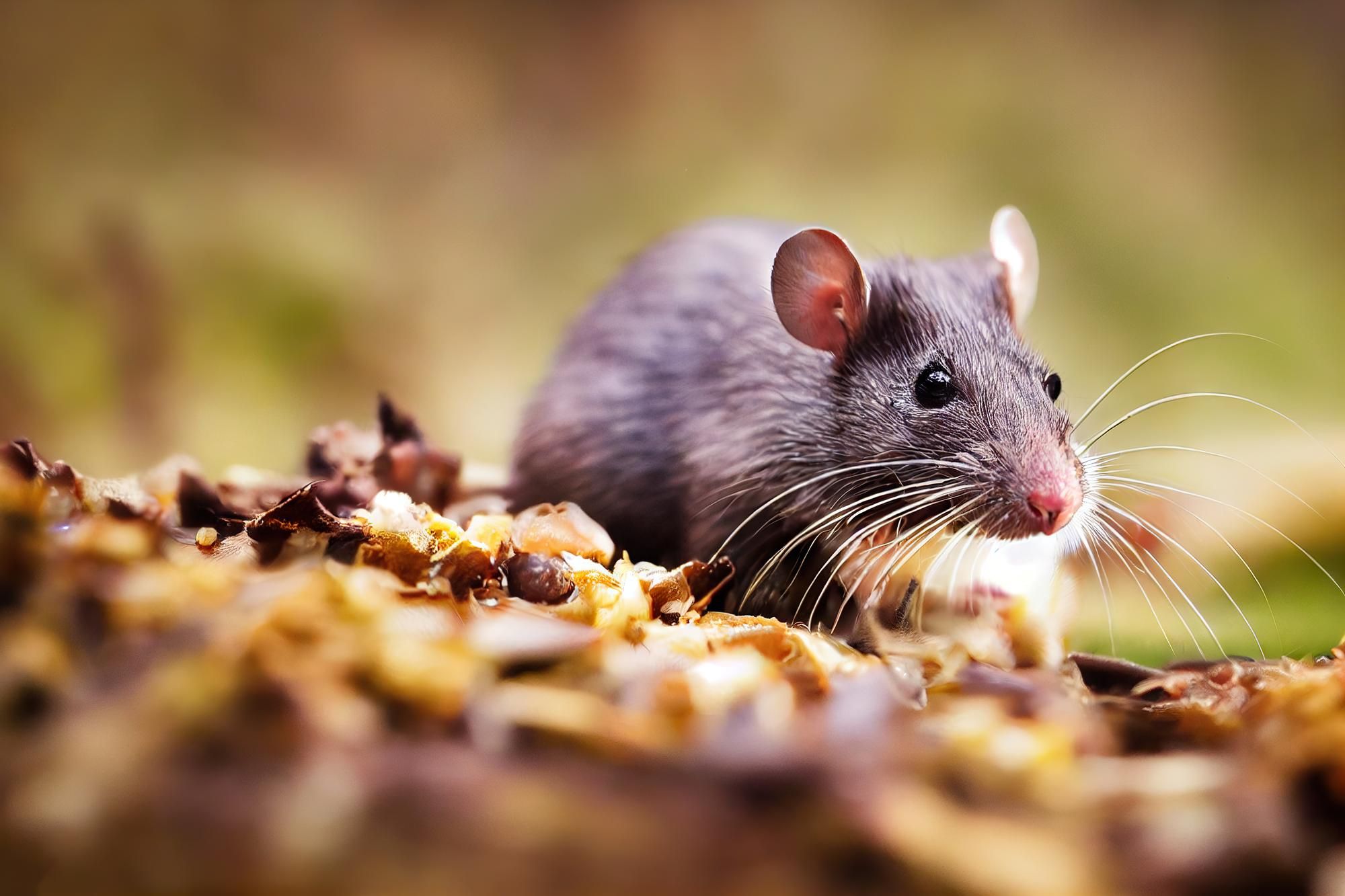The correlation between proper cleaning and pest prevention
Maintaining cleanliness in and around homes and establishments plays an integral role in pest prevention. Pests, such as rodents, insects, and other unwanted critters, are often attracted to areas where they can find readily available food, water, and shelter. Leftover food scraps, unsealed containers, stagnant water, and clutter can become unintentional invitations for these pests. Regular cleaning reduces the chances of providing these attractants. Furthermore, a diligent cleaning regimen allows homeowners to promptly identify and address potential problem areas, such as cracks or holes, which can serve as entry points or hideouts for pests. In essence, a clean environment is less conducive to infestations, making it a primary defense against unwanted invaders.
The Late Summer Pest Landscape: A Quick Snapshot
As seasons shift in North Florida, residents should remain vigilant for an array of pests that come with the changing weather. In the transition from summer to fall, one may encounter the persistence of mosquitoes, thriving in the lingering warmth and any stagnant water sources.
Fire ants remain active, posing a risk to those enjoying the outdoors. Palmetto bugs, a more polite term for the American cockroach, often find their way indoors seeking warmth and shelter. Fall also witnesses a surge in rodent activities, with mice and rats scouting for comfortable nesting spots inside homes.
Furthermore, the state’s mild climate makes it a haven for termites year-round, but especially during their swarming season in the spring and fall. Being aware of these pests and taking preventative measures can ensure a more comfortable seasonal transition for North Floridians.
Exterior Home Maintenance: Your First Line of Defense
A well-maintained home exterior is vital in deterring pests. It’s not just about aesthetics; sealing cracks, cleaning debris, and regular upkeep act as barriers against unwanted invaders. By prioritizing this defense, you prevent pests from seeing your home as a welcoming habitat.
Sealing and Patching: The Crucial Guard Against Pests
One of the most effective strategies to prevent unwanted pests from infiltrating our homes is through diligent sealing and patching. Over time, structures naturally develop vulnerabilities like cracks, holes, or gaps, often resulting from wear, weather, or minor damages.
These openings, even if minuscule, can serve as gateways for a multitude of pests. Insects such as ants, roaches, and spiders can navigate through the tiniest of breaches, while rodents require only a small hole to squeeze through.
By regularly inspecting the home’s foundation, walls, windows, doors, and roofing and then promptly sealing any detected openings, homeowners can significantly reduce the potential for infestation. Not only does this proactive approach safeguard the home against pests, but it also aids in maintaining the structural integrity and energy efficiency of the dwelling.
Landscaping: More Than Just Aesthetics, It’s a Shield Against Pests
An often overlooked component of pest prevention is thorough and regular landscaping. Keeping bushes trimmed and maintaining a neat lawn isn’t just about beautifying your outdoor space; it’s also a strategic move against pests. Overgrown shrubs and tall grasses offer ideal hiding and nesting spots for creatures like rodents, ticks, and mosquitoes. These unkempt areas provide them with shelter from predators and easy access to your home.
Furthermore, stagnant water, whether it’s from an unkempt birdbath, clogged gutters, or small puddles in the garden, can quickly become breeding grounds for mosquitoes. By ensuring regular lawn mowing, trimming overhanging bushes, and eliminating stagnant water, homeowners create an environment less inviting to pests, combining both aesthetic appeal and practical protection.
Gutters and Drains: The Overlooked Frontlines in Pest Prevention
Gutters and drains, though often neglected, play a pivotal role in maintaining a pest-free environment. When leaves, twigs, and other debris accumulate, they obstruct the free flow of water, leading to stagnation.
This stagnant water is a magnet for pests, especially mosquitoes, which see it as a prime breeding location. Moreover, the buildup of organic matter in the gutters provides a source of food for various pests and can lead to mold and mildew, further attracting insects.
Clogged drains inside the house can also invite pests like drain flies. Regularly cleaning out and maintaining these systems not only ensures the longevity of the infrastructure and prevents water damage but also acts as a critical barrier against potential pest infestations. Properly maintained gutters and drains leave no room for unwanted guests.
Indoor Precautions: Fortifying the Homefront
Ensuring a pest-free home goes beyond exterior defenses; it’s about safeguarding the indoors too. Proper food storage, regular decluttering, and moisture control are essential measures that prevent inviting pests into our living spaces. By being vigilant indoors, homeowners can fortify their homefront, creating a sanctuary impervious to unwanted invaders.
Decluttering: Unmasking the Hidden Lairs of Pests
Amid the labyrinth of our stored possessions, pests often find sanctuary. Clutter, be it old newspapers stacked in a corner, a pile of unused clothes, or boxes of forgotten items, presents a myriad of hiding and nesting opportunities for unwelcome critters.
Dark and undisturbed, these cluttered spaces are havens for insects like spiders, silverfish, and roaches. Rodents, too, find such places appealing, using the cover to move around unnoticed and even nest. Beyond offering shelter, clutter can also inadvertently provide food sources, especially if it contains old food items or organic materials.
By decluttering and organizing spaces, homeowners disrupt these covert habitats, making the environment less conducive for pests and reclaiming their spaces from potential infestations.
Food Storage: Guarding Against Unwanted Dinner Guests
The way we store our food plays a pivotal role in determining whether our homes become a magnet for pests. Insects like ants, moths, and roaches, as well as rodents, are perpetually on the hunt for their next meal, and even the slightest scent of exposed food can draw them in.
Proper storage techniques, such as using airtight containers, refrigerating perishables promptly, and ensuring that pantry items are well-sealed, can significantly deter these unwelcome guests.
Furthermore, routinely cleaning storage areas and checking for compromised packaging ensures that pests don’t find a foothold in our kitchens. By giving attention to how and where we store food, we can maintain a pest-free environment while safeguarding the quality and hygiene of our meals.
Moisture Control: Drying Out the Welcome Mat for Pests
Excess moisture within a home can inadvertently create an ideal environment for a variety of pests. Damp areas, whether from leaks, condensation, or poor ventilation, can become breeding grounds for insects such as termites, cockroaches, and mold-loving pests like silverfish. These conditions not only invite pests but can also accelerate mold growth, further exacerbating the problem.
Actively identifying and rectifying sources of moisture, using dehumidifiers in particularly humid areas, and ensuring adequate ventilation are crucial steps in moisture control. By diligently managing and reducing dampness, homeowners can prevent pests from viewing their homes as suitable habitats and ensure a healthier living environment overall.
The Role of Professional Pest Control
While individual efforts are crucial in pest prevention, there’s an undeniable value in professional pest control. Experts bring specialized knowledge, tools, and methods to both treat current infestations and prevent future ones. Their expertise provides homeowners with peace of mind, ensuring a comprehensive shield against pests.
The Benefit of End-of-Summer Inspections
As summer wanes, a strategic end-of-summer pest inspection offers homeowners a proactive approach to ensuring a pest-free transition into the cooler months. This time of year sees many pests, from rodents to insects, seeking shelter and sustenance indoors, preparing for the colder seasons ahead.
An end-of-summer inspection by professionals can identify early signs of infestation, potential entry points, and areas of concern that might be overlooked by the untrained eye. By addressing these issues promptly, homeowners can mitigate the risk of larger, more challenging infestations in the future. Such inspections not only provide immediate peace of mind but also lay the groundwork for a comfortable, pest-free autumn and winter.
The Expertise of Professionals: Seeing What Homeowners Might Overlook
Professional pest controllers possess a keen understanding of the habits, preferences, and hideouts of various pests, honed through extensive training and hands-on experience. Their expertise allows them to spot subtle signs that homeowners might easily miss, from the faintest scratching sounds within walls indicating rodent activity, to the specific patterns of damage caused by termites on wood. They also have a comprehensive knowledge of local pest species and their seasonal behaviors, enabling them to anticipate potential issues.
Furthermore, professionals are equipped with specialized tools for thorough inspections, such as moisture meters to detect damp areas attractive to pests, or infrared cameras to find hidden colonies. In essence, their trained eyes and specialized tools provide a level of scrutiny most homeowners can’t match, ensuring that even the most covert pest issues are brought to light.
Services Offered By Coastal Wildlife & Pest Services
Coastal Wildlife & Pest Services stands as a beacon of expertise in the realm of pest & wildlife control, offering a comprehensive suite of services tailored to address the unique challenges of the region. With a deep understanding of the local ecosystem, they provide specialized treatments for a wide array of pests, from invasive rodents to indigenous insects.
Their proactive measures, including regular inspections and preventive treatments, ensure that homes and businesses remain impervious to unwanted intruders throughout the year.
Beyond mere extermination, they also offer guidance on wildlife relocation, ensuring a humane approach to larger creatures that might stray into urban areas. Backed by state-of-the-art equipment and a commitment to eco-friendly solutions, Coastal Wildlife & Pest Services merges efficiency with environmental responsibility, making them a trusted partner for all pest-related concerns.




